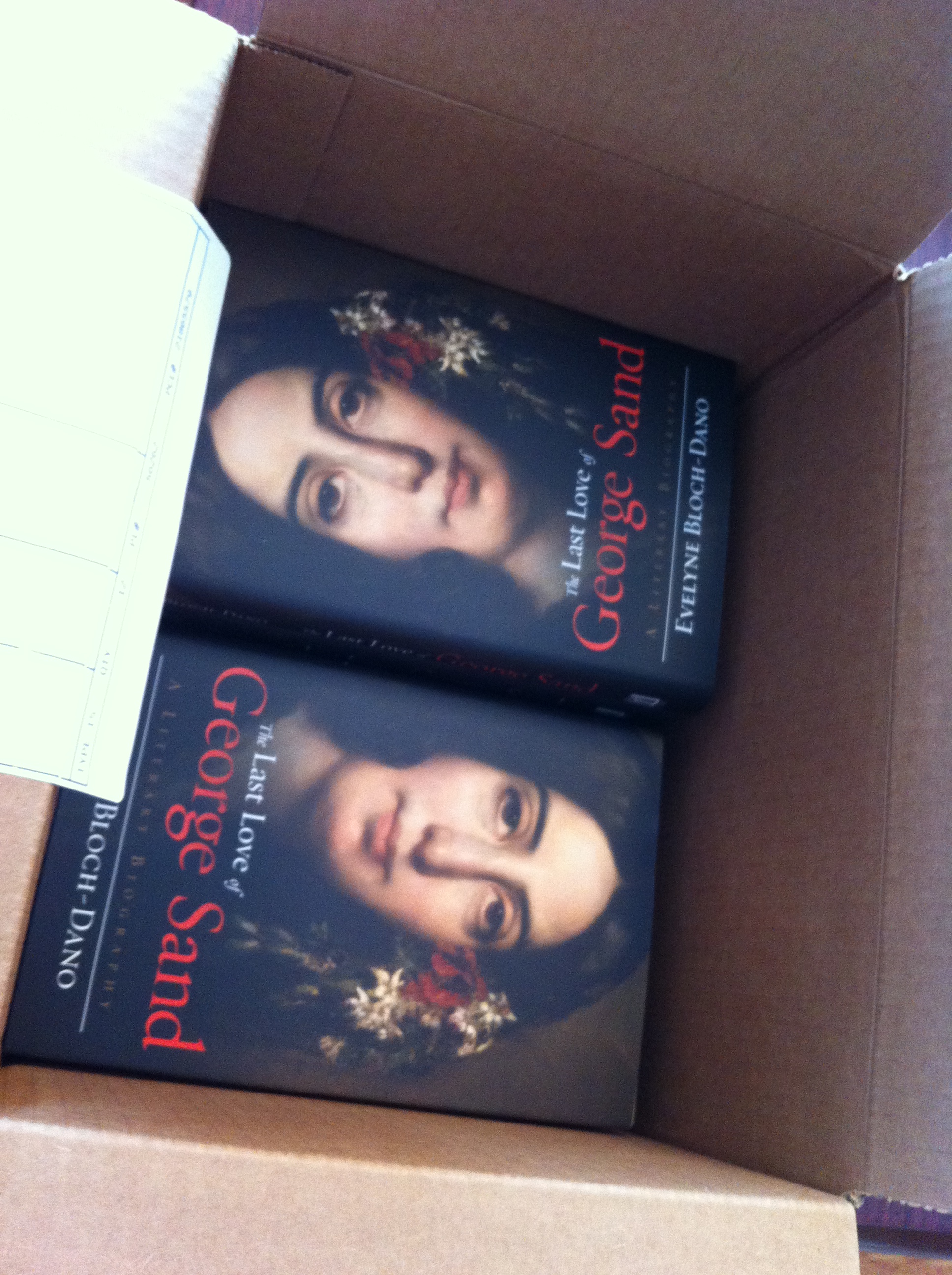The debate is still raging over how best to review literature in translation (see this Words Without Borders collection for a primer), and the struggle continues to even get it reviewed in the first place. In the meantime, though, everyone seems to have agreed on one thing:
Good translations don't read like translations.
The highest praise you can give a translation right now, if you don't read the source language, is that reading it feels like you're reading something in English (or whatever language it's been translated into), not an awkward, grammatically-identical rendering of the original language.
This stereotype, this easy criticism, that translations generally read badly in the target language, is one of the main reasons that mainstream publishers are so hesitant, even averse, to publishing works in translation. It's an opinion that we're trying to get changed.
So I suppose I was surprised, as I reached the April 1st issue from my backlog of The New Yorker magazines, to read the Shouts and Murmurs humor/satire column, Gavin Shulman's "Taxicab Conversation," subtitled, "The important call that every New York City cabdriver is on: a translation." It begins:
Driver: Hello.
Caller: Hello. What is up?
Oh dear. Please, don't tell me. By writing "What is up?" instead of "What's up?" or "How're you doing?" or even "How are you?," this is automatically a translation. Right?
Maybe that's how your stereotypical cabdriver, who speaks English as a second or third or fourth language, might speak in English. But even if their native language's greeting translates directly into "What is up?," without any conjunctions, no translator in their right mind would render any character using such stilted phrases in their native language. Now, this is either trying to poke fun at non-native speakers' broken English, or it's showing a "normal" translation. A bad translation.
But weirdly, the piece is not completely free of conjunctions. Both the caller and the driver occasionally use them. And the writing isn't completely littered with awkward phrasing. This exchange is rather natural:
Caller: Are you listening to music?
Driver: Yes. The prayer mix you made me. Everyone loves it.
Caller: Good.
Instead of saying something stereotypically awkward, like "Yes. I am listening to the prayer mix that you made for me," the driver sounds more conversational here. Still, with the amount of "That is good"s and "You are right"s and "Is the city very pretty?"s, the reader can't help but be biased towards negativity.
Let's take a step back, though. The New Yorker is known for its remarkably finicky and stringent rules of style. For comparison, then, here are excerpts from three other recent Shouts and Murmurs columns.
"Apologies," by Cora Frazier, 4/22/2013:
I know I shouldn't have pointed at you from across the room, saying, "Isn't that guy hot?," ignoring the instructions of my teacher, Jason. (I'm sorry, Jason. You make it burn, and I love you.)
"Most Gwyneth!," by Paul Rudnick, 5/13/2013:
I ran to my therapist, and I begged her, "Can I really have it all? Most Beautiful and Most Hated?" She paused and then said, "You know, I've treated Jennifer Lopez, John Mayer, and the entire Kardashian family, along with a supermodel who refers to overweight people as sofas. So I know what you're up against."
"J-Day," by Yoni Brenner, 5/6/2013:
Hitler: Is there no way to suppress it?
Göring (shaking his head): I’m afraid not. It’s just too catchy. We’ve had reports of humming and unsanctioned falsetto singing along the front lines, from Finland to North Africa.
Jodl: To be honest, if I were alone I’d probably be humming it right now.
(Suddenly, Hitler has an epiphany.)
Hitler: I’ve got it: we’ll kidnap him!
All perfectly conversational, while still retaining enough readability and stylistic clarity to be published in The New Yorker. Thus, Shulman's cabdriver really is the outlier.
But it gets worse. "J-Day" sets its scene in Germany, 1942, with Generals Göring, Himmler, and Jodl. A note mentions the following: "In keeping with Nazi protocol, they speak in sinister, heavily accented English."
So. Fictionalized, satirized German generals are speaking English as a second language with grace and fluidity, even as they retain a higher tonal register (e.g. "unsanctioned falsetto"). A month earlier, in the same column of the same magazine, a fictitious, satirized cabdriver speaks English as a second language in fits and starts, haltingly. Exactly as the general public incorrectly expects translations to read.
Or perhaps I'm just paranoid.
But most people wouldn't give that much thought to the matter. Readers of The New Yorker are, by in large, highly intelligent and widely educated, but the stereotype of bad translations is too prevalent. Highly intelligent people who aren't involved in the translation industry are apt to miss that part of the satire, the part where it makes fun of how translations are viewed. Because that's just how everyone knows them.
Maybe it's even worse. Maybe I'm even more paranoid. Mr. Shulman may not have even been trying to inject satire into those two words: "a translation."





